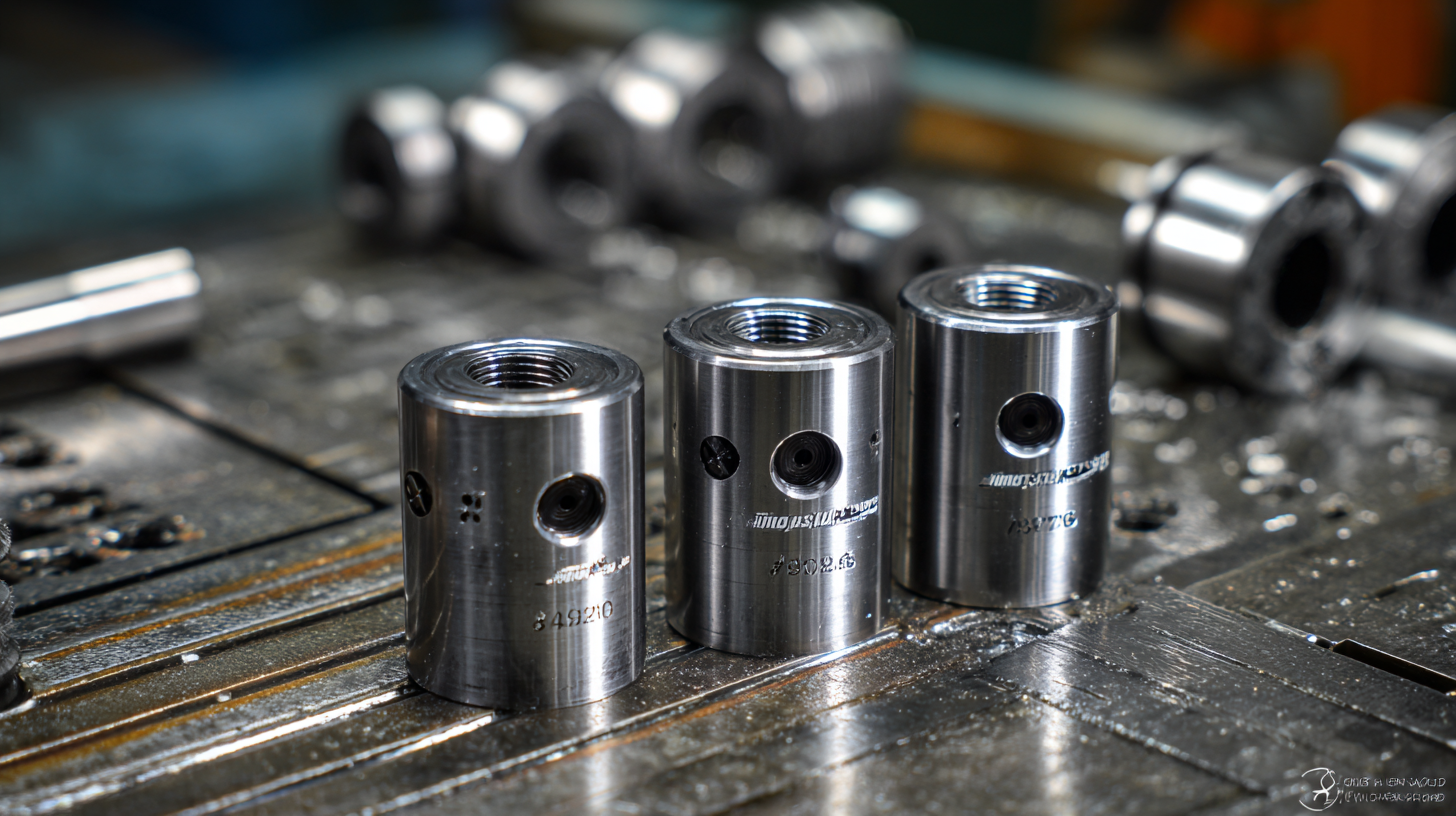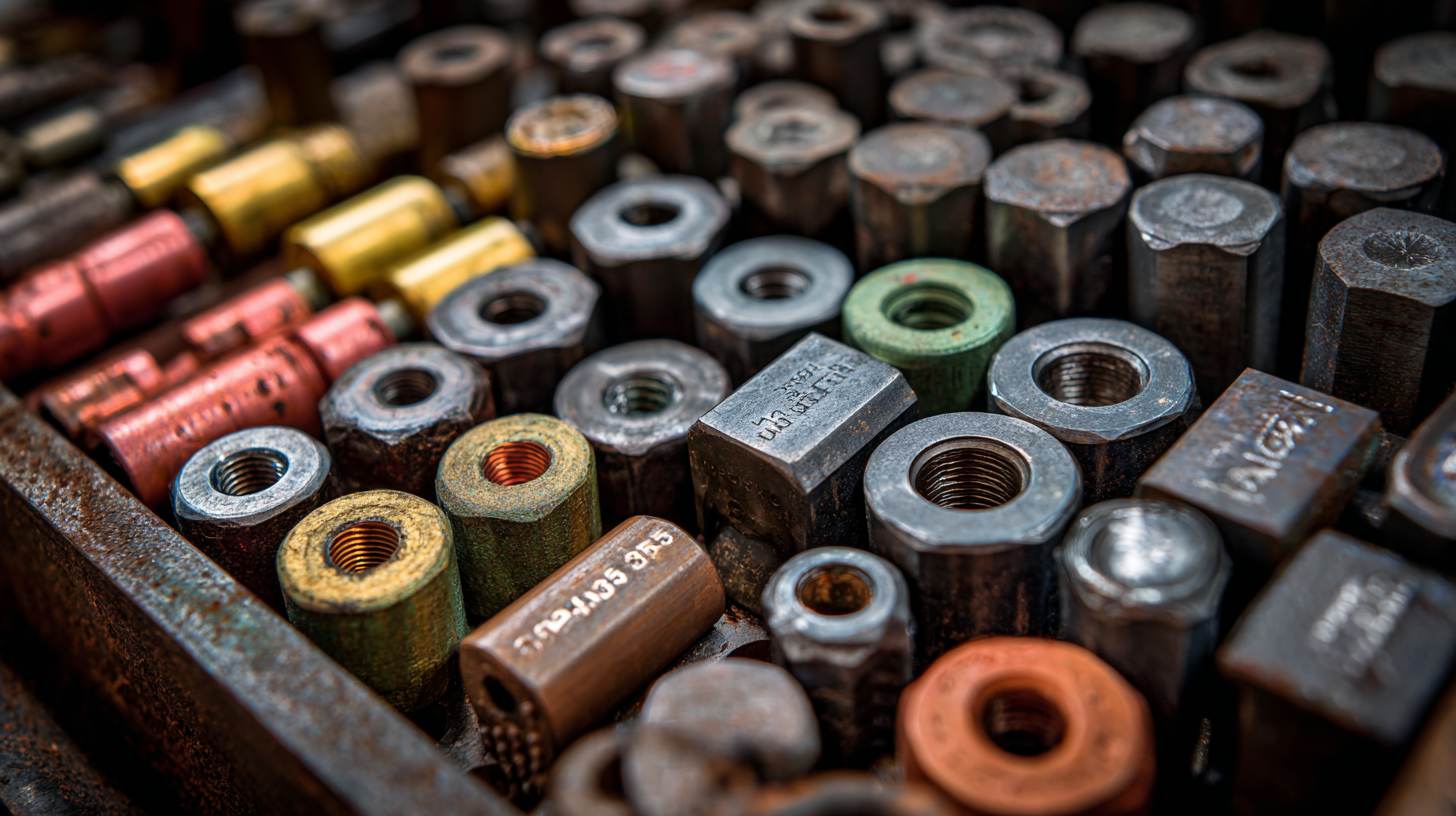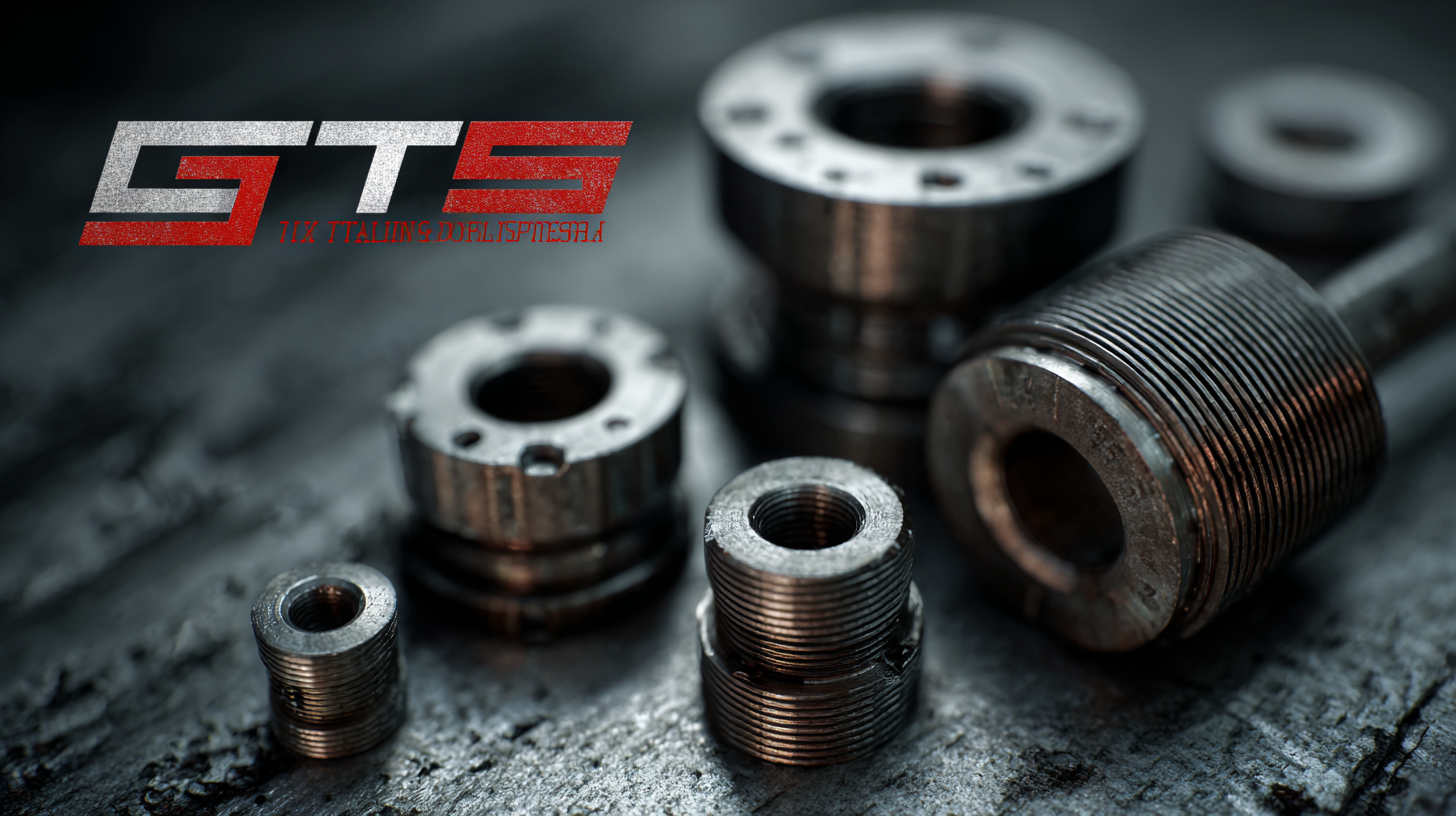
How to Select the Best Thread Rolling Dies for Your Manufacturing Needs
In the ever-evolving manufacturing landscape, the selection of appropriate tools is critical to ensure operational efficiency and product quality. One such crucial component is the Thread Rolling Dies, which play a pivotal role in creating strong and precise threads on various metal parts. According to a recent industry report by MarketsandMarkets, the global tooling market, including thread rolling applications, is projected to reach $16.4 billion by 2025, reflecting a compound annual growth rate (CAGR) of 5.1%. This underscores the increasing demand for high-quality manufacturing components. Choosing the right Thread Rolling Dies not only enhances the performance of production machinery but also significantly impacts durability and functional performance of the end products. With a plethora of options available, understanding the alternatives and their specific benefits is essential for manufacturers aiming to optimize their production processes and meet the rigorous demands of modern industries.

Understanding the Importance of Thread Rolling Dies in Manufacturing
Thread rolling dies play a crucial role in manufacturing, particularly in the production of fasteners and threaded components. Understanding their importance involves recognizing how these tools can enhance efficiency and accuracy in the manufacturing process. The development of advanced thread rolling techniques, such as the through-feed rolling process with active rotation, exemplifies innovation in this field, ensuring stable motion and optimized speed matching, which are vital for producing high-quality lead screws.
Additionally, the ongoing advancements in thread rolling technology highlight the competitive nature of the industry. For example, companies are enhancing their offerings by developing solutions that improve the anti-loosening capabilities of bolts, utilizing innovative designs such as double thread mechanisms. The evolution of thread rolling dies is not just about enhancing performance but also about adapting to the changing demands of the manufacturing landscape, where precision and reliability are paramount. As the industry moves forward, selecting the right thread rolling dies will be integral to achieving manufacturing excellence and meeting the evolving needs of productions.
How to Select the Best Thread Rolling Dies for Your Manufacturing Needs
This chart displays the types of thread rolling dies preferred by manufacturers based on specific criteria such as durability, cost-effectiveness, and ease of use.
Overview of Different Types of Thread Rolling Dies Available
When selecting the best thread rolling dies for your manufacturing needs, it's crucial to understand the various types available in the market. The two primary categories are flat dies and cylindrical dies.
Flat dies are often used for producing standard threads on flat surfaces, making them ideal for applications in sectors like automotive and aerospace. According to a report by the National Association of Manufacturers, around 70% of manufacturers prefer flat dies for their ease of use and cost-effectiveness.
On the other hand, cylindrical dies are designed for creating intricate threads on round surfaces. These are essential in industries such as plumbing and HVAC, where precision threading is vital. Market research indicates that demand for cylindrical thread rolling dies is growing at a rate of 5.4% annually, driven by the rising need for high-quality fasteners and connectors.
Additionally, specialized dies like form dies and roll dies cater to specific threading requirements, enhancing efficiency and reducing production times in competitive environments. Understanding these options allows manufacturers to tailor their thread rolling processes to meet their unique operational demands.

Key Factors to Consider When Choosing Thread Rolling Dies
When selecting the best thread rolling dies for your manufacturing needs, several key factors should be considered to ensure optimal performance and efficiency. First and foremost, the material of the die plays a crucial role in its longevity and conductance during the threading process. High-quality tool steels and carbide materials typically offer greater durability and resistance to wear under stress, which is particularly important in high-volume production environments.
Another significant factor is the profile of the die. Different applications may require varying thread forms, such as standard unified threads or specialized configurations for specific industries. It's essential to choose a die that matches the threading requirements of your products to maintain precision and quality. Additionally, the die's dimensions—such as diameter and pitch—should align with the specifications of your machinery and the components being manufactured. Understanding these elements can improve production efficiency while reducing downtime and maintenance costs.
Applications of Thread Rolling Dies in Various Industries
Thread rolling dies play a crucial role in various industries, including automotive, aerospace, and electronics. These specialized tools are used to create strong, precise threads on metal components, enhancing the durability and performance of the final products. In the automotive sector, for instance, thread rolling dies are essential for producing high-quality bolts and fasteners that can withstand extreme conditions. Meanwhile, the aerospace industry utilizes these dies for components that require tight tolerances and complex thread designs, ensuring safety and reliability in aircraft manufacturing.
When selecting thread rolling dies, it's important to consider the material and design of the component being produced. For example, softer metals may require different die materials compared to harder alloys. Additionally, the pitch and diameter of the thread must align with the intended application to ensure compatibility with other parts.
**Tip:** Always consult with a technical expert when selecting dies, as they can provide insights into the best options based on your specific manufacturing requirements. Regularly maintaining and inspecting your thread rolling dies can also improve their lifespan and performance, reducing the need for frequent replacements and ensuring consistent product quality.

Comparative Analysis of Alternatives to Traditional Thread Rolling Dies
In the pursuit of optimizing manufacturing processes, selecting the right thread rolling dies is essential. While traditional thread rolling dies have been the industry standard, recent studies indicate that alternatives such as carbide-tipped dies and advanced polymer-based dies can offer significant advantages. According to a 2021 report by the International Journal of Manufacturing Technology, carbide-tipped dies can increase tool life by up to 50% compared to conventional dies, thus reducing production downtime and costs.
Moreover, an analysis published in the Journal of Advanced Materials emphasized the growing trend towards polymer-based dies, which exhibit less friction and better heat dissipation. These dies can provide up to 20% improvement in surface finish quality. As manufacturers increasingly prioritize sustainability, the lower energy consumption of polymer-based options further enhances their appeal. Investing in these alternatives could not only streamline production but also align manufacturing practices with modern efficiency goals.
